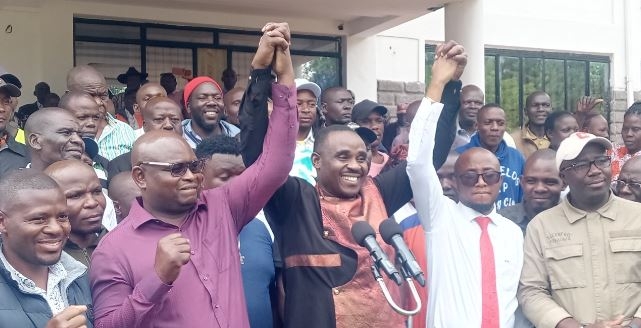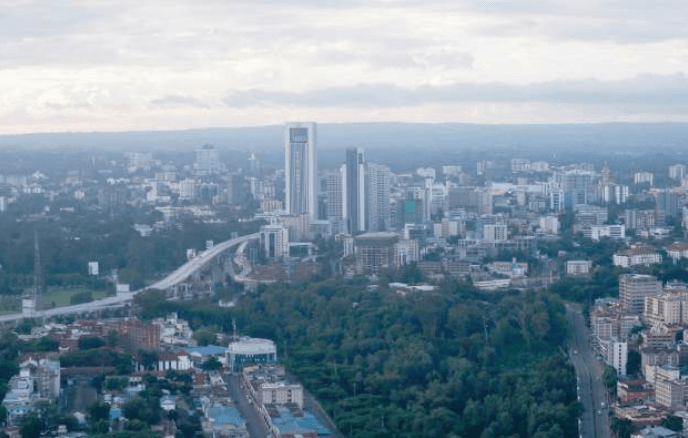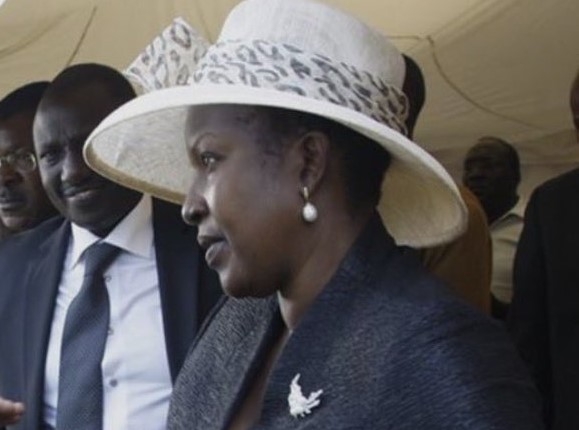The reasoning of the High Court in the BBI case included the following elements:
The 2010 Constitution is intended to change things (“transformative”). The court’s concern was – how do we ensure this is not undermined?
This fear comes from history — of the earlier constitutions being changed to give those in government more power and weaken democracy and accountability. The High Court used the phrase a “culture of hyper-amendment”.
Kenya’s constitution making process involved the people in many ways. It involved educating the people, consulting the people — and not just on ideas already formulated but on their ideas about what should be in the constitution — producing a draft constitution drawing on those ideas, public discourse and debate on the draft, including a body elected to debate it, and as a final step, asking the people in a referendum whether they approved the draft.
History indicated that “it was the desire of Kenyans to barricade [the constitution] against destruction by political and other elites.” So, the court said, certain aspects of the constitution should be either unable to be amended at all, or only by a complex, public based process like the one that produced the new constitution itself.
Those hard-to-amend aspects are the Constitution’s fundamental core. The court pinpointed the design of the Judiciary, Parliament, the Executive, the independent commissions and offices and the devolved system of government. They added land and environment, leadership and integrity, public finance and national security. But not all details would be hard to change – just those forming part of the basic structure.
I had not expected this basic structure concept to be accepted by the Kenyan courts. But it was – until the Supreme Court.
THE SUPREME COURT
At first sight (or hearing) the final court generally rubbished the whole basic structure idea. Each judge gave a separate judgment. Justice Mohamed Ibrahim was alone in positively accepting the basic structure concept, though he did not agree that any provision of the Constitution could be fixed forever.
Some judges put a lot of stress on its being a foreign concept. But much of our Constitution drew from foreign ideas, especially India, South Africa, Uganda and the US – from the last particularly the system of government so hastily and unthinkingly changed at the last minute by MPs.
And Justice Philomena Mwilu, for example, made much of the difference in history between India and Kenya. Differences there are, but the issue must remain – does this concept, whatever its origins, fit Kenyan’s situation, and needs? If it is a real fit, then its origins in a different history should not matter.
Judges also stressed that a good number of countries’ courts have rejected the concept. Again, other courts’ reasoning may be useful, but it should not be a matter of scoring (how many courts for and how many against?). It is not “done” for a court to comment on why another court might have accepted a legal rule. They can’t observe some courts are less independent, some more conservative, some less competent and so on, though this is undoubtedly the case.
Some judges said there is nothing in the Constitution about the basic structure doctrine. Nor is there any lacuna (or hole) in the Constitution that needs to be filled by the courts.
The basic structure idea, best known from Indian cases, was well known when the Kenyan Constitution was being drafted. The Constitution already has different ways to amend it, one of which involves a referendum – asking the people – if certain important provisions are affected (Article 255). This, judges suggested, is the safeguard against hyper-amendment tendencies. If the Constitution drafters had wanted the basic structure idea to be part of it, they could have put it in.
I used to think that Article 255 is the strongest argument against a Kenyan basic structure principle. On reflection, I am less sure. It seems to be mainly a list of things that experience teaches us power-hungry leaders try to change – extending presidents’ terms of office, or reducing powers of Parliament or of the counties, or human rights protection, or the powers and independence of the judiciary. It does not mention returning to a one-party state – part of Kenya’s history. But I think this would requires a referendum because it would affect the constitutional value of democracy – protected by Article 255.
But if people wanted to change the whole system of government (to a parliamentary system maybe) probably we would need a referendum (but not because changing the system of government needs it but because the change would affect the role of Parliament). How odd.
And a referendum alone is not a strong protection. I suggest that many people’s votes are driven by issues different from the question asked. In 2005, the vote in the referendum was surely mainly influenced by whether people supported President Mwai Kibaki, not whether they liked the proposed constitution. And in 2010 people voting “No” often did so because of some narrow issue such as land, or abortion or Kadhis’ courts, not whether the new constitution was generally an improvement. And this was after years of debate and civic education.
The High Court approach would at least involve debate and civic education; a referendum on Article 255 changes would provide limited space for either.
Supreme Court judges also worried that having unamendable provisions would make the Constitution too rigid (a valid concern).
Some judges suggested that the High Court approach curtailed the people’s power to amend the Constitution. But in reality (except for the possibility of clauses that are completely unamendable) it would increase the people’s engagement.
LOOKING BEHIND FIRST IMPRESSIONS
I suspect that in future, if there is what judges consider to be an attempt to change the Constitution fundamentally, some at least of them would take an approach rather similar to the basic structure concept to safeguard it.
Justice Mwilu suggested that Chapter 16 deals with “amendments” – which, she says, are rather minor things. But something more radical is an alteration, and an alteration is something that happens outside the Constitution. This is amend/alter distinction is dubious.
However, how would such change happen according to her? It might be by a coup, or by going to the people in a process like that that made the 202 Constitution.
Justice Mwilu quoted Justice Isaac Lenaola in an earlier case (as did Lenaola himself): “Where the basic structure or design and architecture of our Constitution are under threat, this Court can genuinely intervene and protect the Constitution.”
How, one wonders?
Justice Smokin Wanjala perhaps had an answer. Though he robustly rejected the basic structure principle, he added that it was a device – an idea, an inspiration - that Kenyan courts could use. They could use it when applying Article 259(1), which guides them on interpreting the Constitution.
He imagined a situation when a proposed constitutional amendment might be “capable of distorting, destabilizing, or even destroying the ‘constitutional equilibrium’ or ‘constitutive authority’ of the Constitution.” This sounds very much like affecting the basic structure.
But “interpretation” is a limited tool for obstructing destructive amendments.
These judges all accept that people may try to change basic features of the Constitution, but rejected the High Court solution of an orderly, people-centred process for radical changes (based on the constitution and Kenya’s history) in favour of imprecision, and perhaps positively unconstitutional approaches, like coups.
The threats to our Constitution contained in the BBI Bill were not really fundamental – and could be stopped by other means, as they have been.
The High Court’s approach involved writing things that are not there into the Constitution – basically saying, “The drafters must have meant this”. It is not easy for courts to agree to do that, especially in a newish document - the Indian leading case came after 23 years of their Constitution.
The basic structure theory may well make a comeback here when needed, as the courts perform their duty to defend the Constitution (Article 3), if future proposed amendments seem too radical and destructive.











